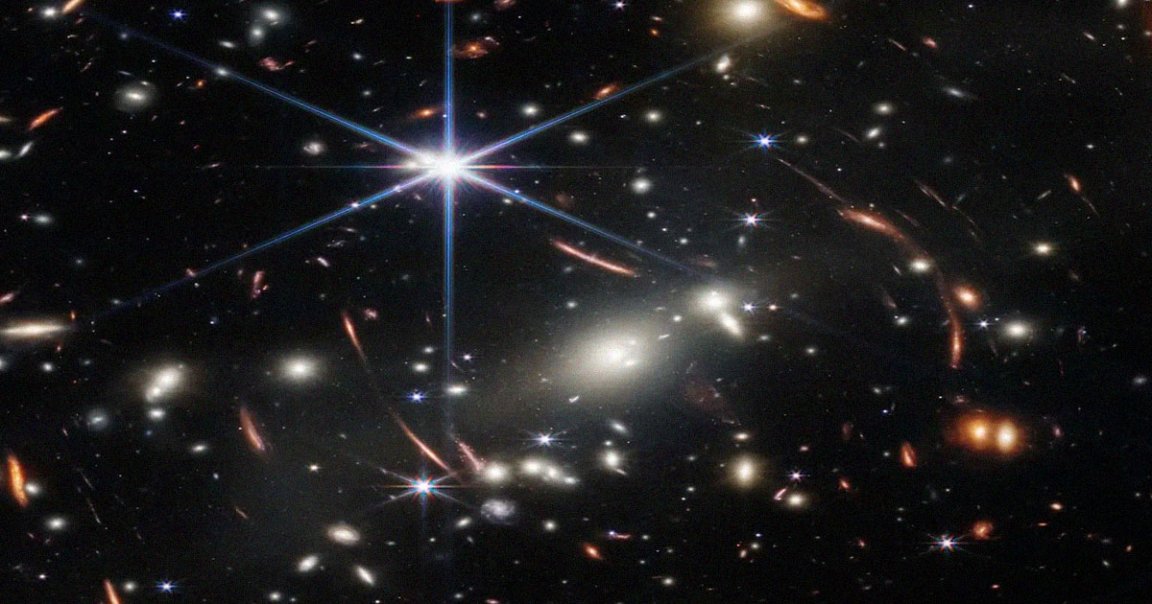
Star Field
Scientists have created a breathtaking three-dimensional visualization of a recent James Webb Space Telescope survey of ancient galaxies.
A team at the Space Telescope Science Institute used data from the CEERS (Cosmic Evolution Early Release Science) survey to assemble the short video.

Time Traveler
The James Webb Space Telescope has already spied some of the most ancient galaxies ever observed since kicking off scientific investigations last year. In other words, the telescope has already been a huge boon for our understanding of the cosmos.
“This observatory just opens up this entire period of time for us to study,” said Rebecca Larson, a researcher at the Rochester Institute of Technology and one of the survey’s investigators, in a statement. “We couldn’t study galaxies like Maisie’s before because we couldn’t see them.”
“Now, not only are we able to find them in our images, we’re able to find out what they’re made of and if they differ from the galaxies that we see close by,” she added.
Like Firecrackers
The news comes less than a week after CERES scientists revealed they had uncovered a supermassive black hole inside one of the earliest known galaxies in the universe, which dates to only roughly 570 million years after the Big Bang, making it around 13.77 billion years old.
And the Webb is only getting started. With more observations of these ancient galaxies, astronomers are excited to study the earliest stages of our universe’s evolution.
“We’re used to thinking of galaxies as smoothly growing,” said Steven Finkelstein, principal investigator of CERES and researcher at the University of Texas at Austin, in the statement. “But maybe these stars are forming like firecrackers. Are these galaxies forming more stars than expected? Are the stars they’re making more massive than we expect?”
More on the James Webb: James Webb Spots Oldest Supermassive Black Hole Ever